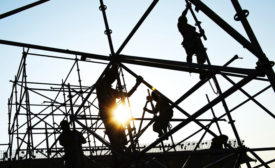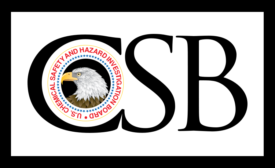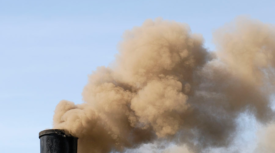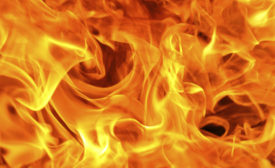Home » hazmat
Articles Tagged with ''hazmat''
American Lung Association: Climate change is making our air more unhealthy
Report comes as Trump administration weakens Clean Air Act enforcement
April 18, 2018
Never miss the latest news and trends driving the safety industry
eNewsletter | Website | eMagazine
JOIN TODAYCopyright ©2024. All Rights Reserved BNP Media.
Design, CMS, Hosting & Web Development :: ePublishing









